Nordfjord Saga
Travelling in Nordfjord is like travelling in time, where old traditions and modern technology go hand in hand. There’s no conflict between the two in Nordfjord. Quite the opposite in fact. We are proud to show off our unique history, and we are also keen to show visitors what we create today. We call this the historic journey in Nordfjord. And we invite you to join this journey of discovery!
Vingen
Vingen is one of the biggest rock carving sites in the Nordic countries and is unique in a Norwegian, Scandinavian and international context. Research has concluded that the rock carvings were made over a period of some 2,000 years, starting in around 4,000 to 3,000 BC. The Vingen site is the second biggest area of rock carvings in Norway, with more than 2,000 figures.
Vingen is located beside the small fjord arm Vingenpollen, innermost in the Frøysjøen fjord in Bremanger municipality. The small farm Vingen is situated on a small strip of land between the fjord and the foot of the mountain on the south side of the fjord, and this is where most of the rock carvings are found.
Vingen has undoubtedly been a holy site that was important to the people living along the coast during the Stone Age. Many different religious and ritual practices have probably taken place here between the carved rocks.
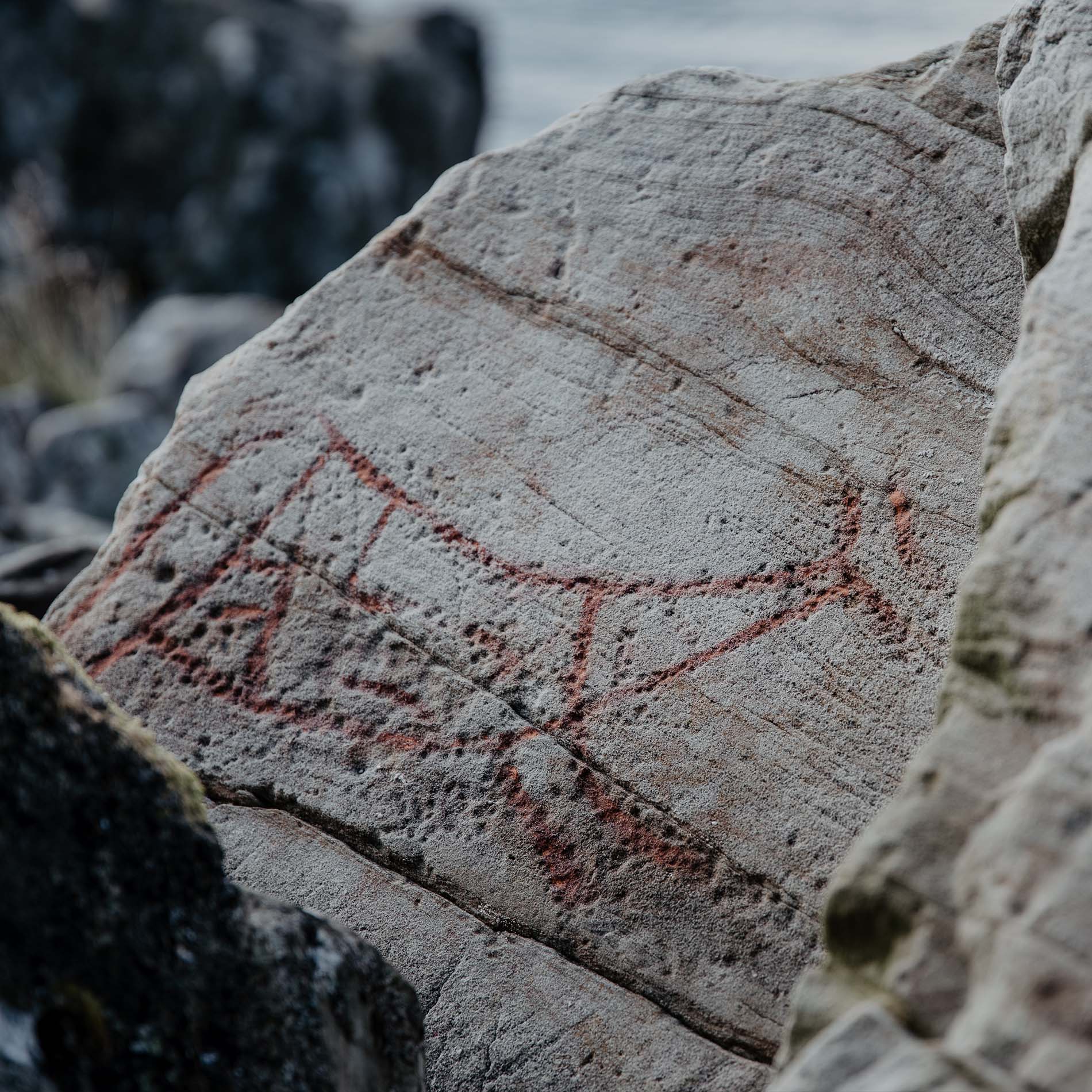
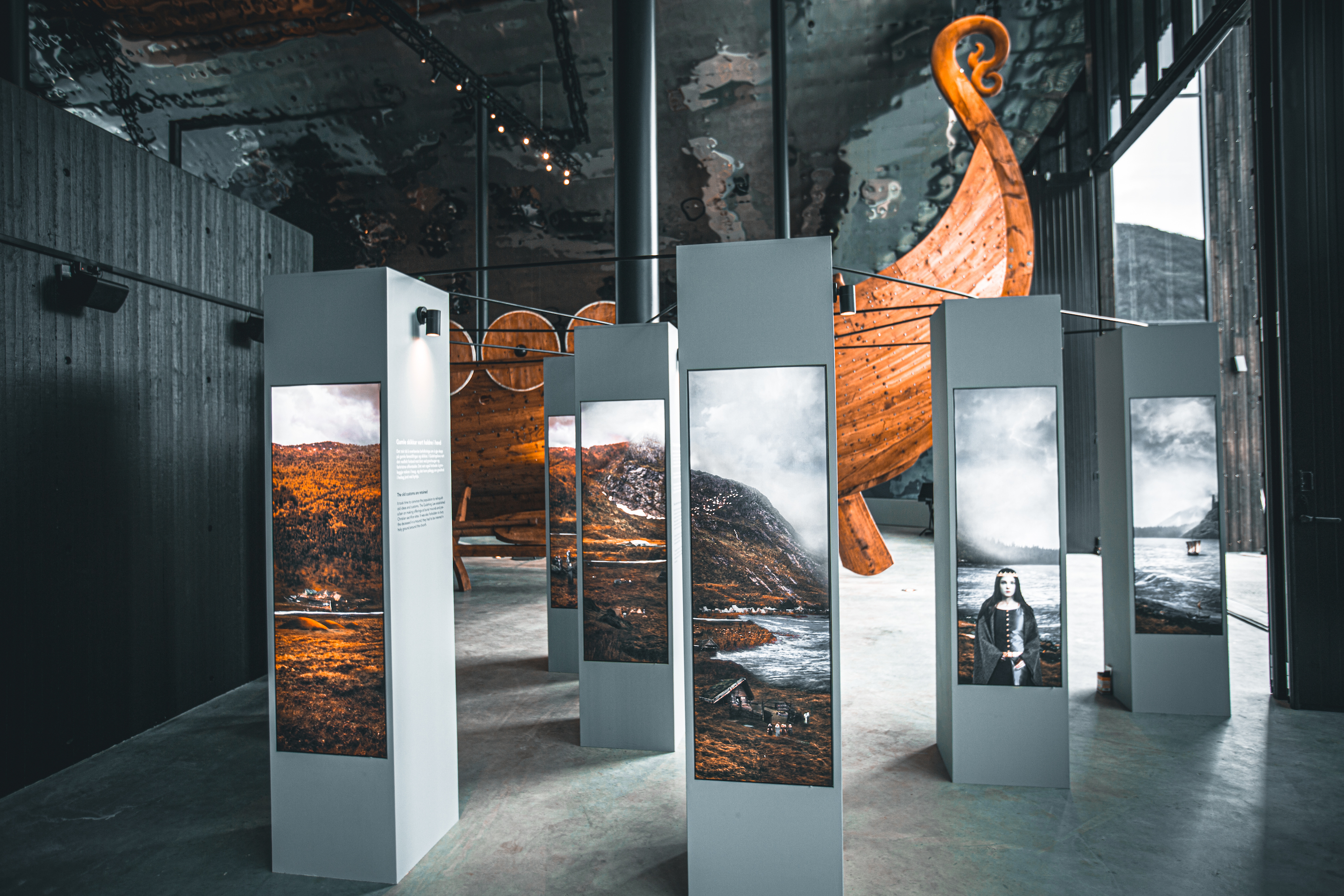
@Ruben Soltvedt
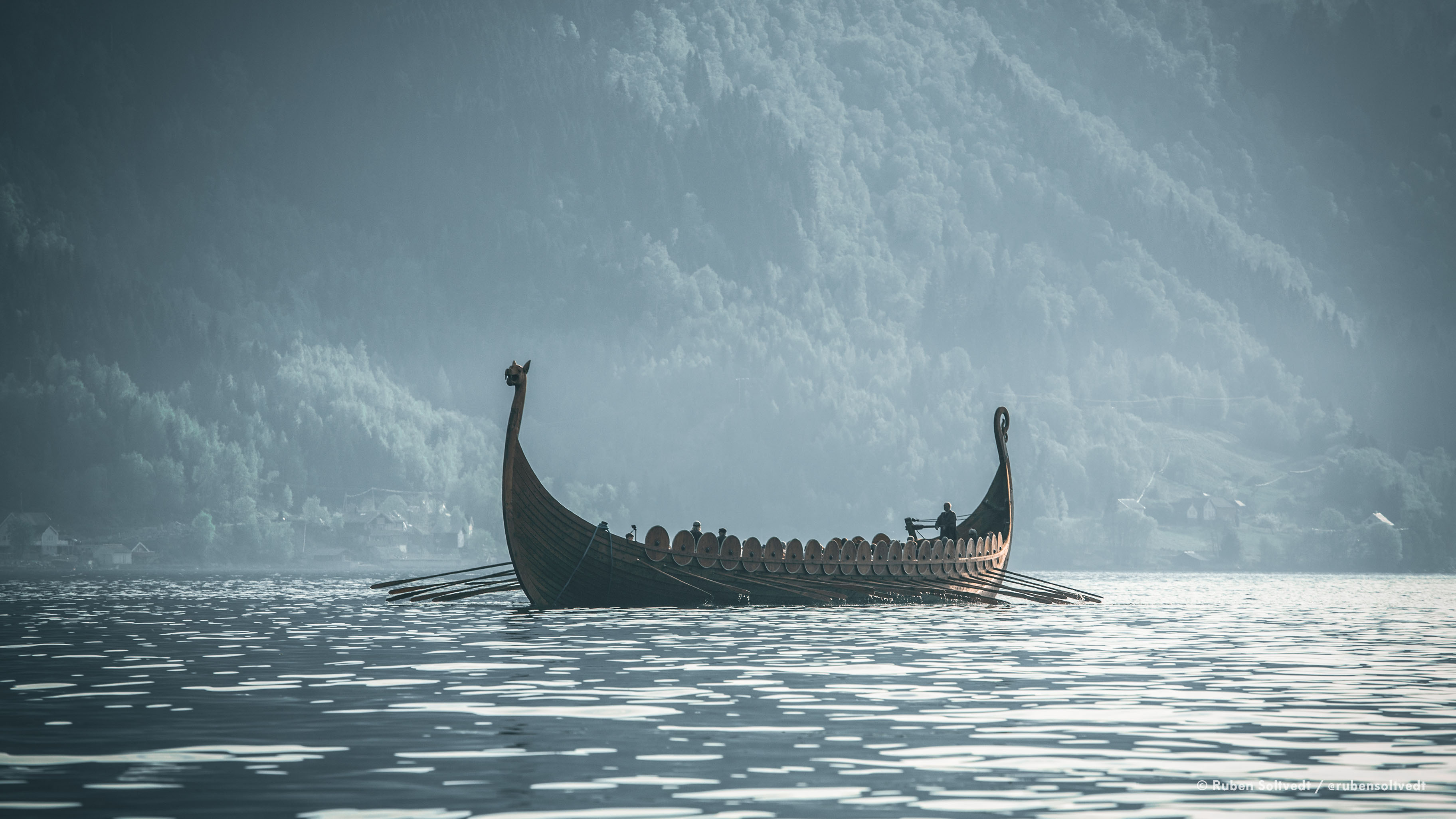
In the Vikings footsteps
Who were the people who lived by the fjord 1,000 years ago? Why did they settle here, what did they do and how have they shaped who we are today? Come to Nordfjordeid, where the new Viking Age visitor centre Sagastad is situated. There, among other things, you can see the 30-metre-long Myklebustskipet, which is considered to be one of the biggest Viking ships in the world.
The Viking ship is now surrounded by interactive exhibitions about the Viking Age. You can learn about mysticism and rituals, customs, celebrations and everyday life. And you can also learn about the period that heralded the start of Norway’s proud seafaring history.
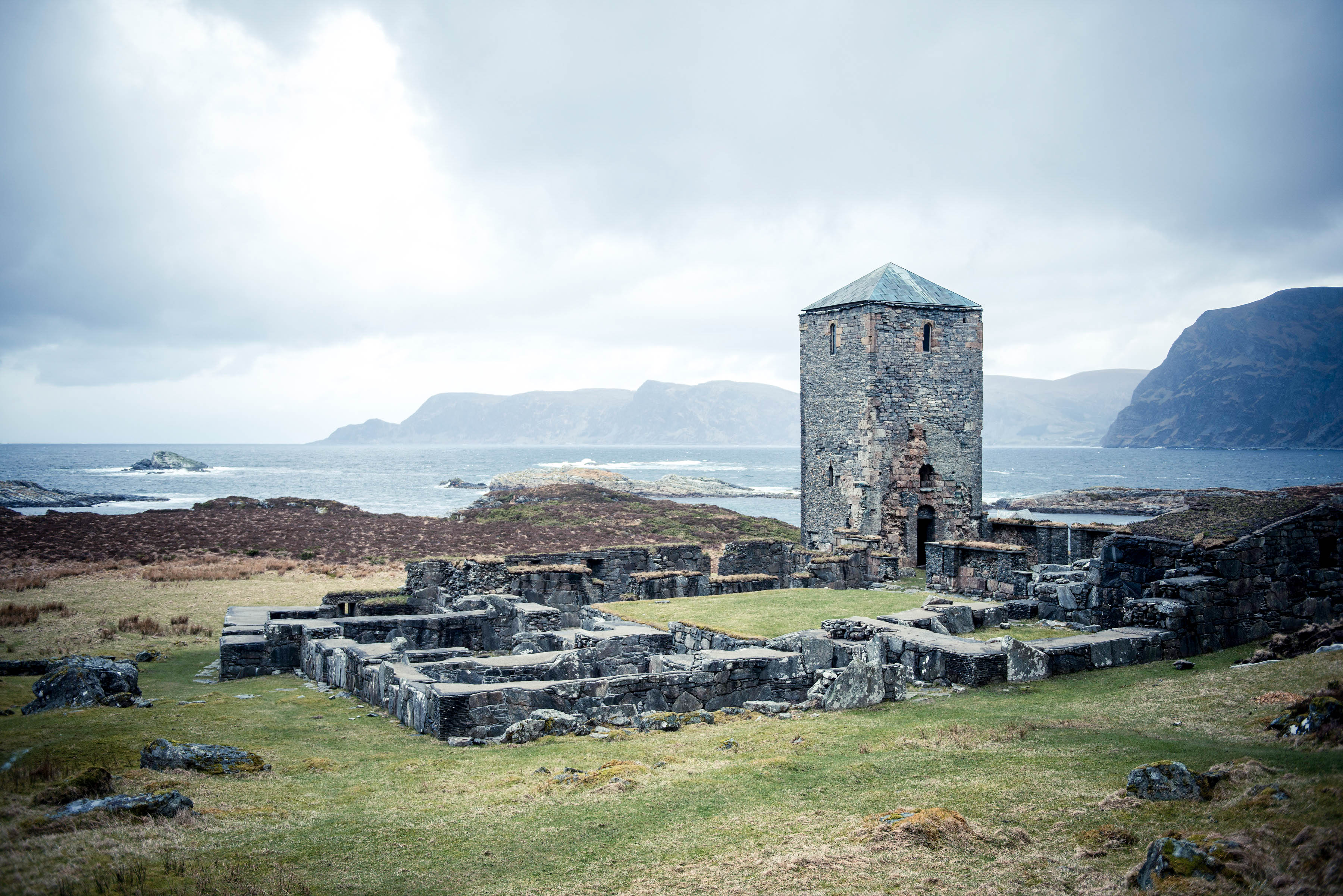
Foto: Helle Frogner
Selja Monastery
Selja Monastery is situated out at the ocean’s edge on the small island of Selja in Stad municipality. The monastery ruins are still very visible.
The legend of St Sunniva formed the foundation for the establishment of the Norwegian Church. Throughout the Middle Ages, the Sunniva cult was an important destination for the pilgrims who made their way to Selja. In around 1090, English monks of the Order of Benedictine established the first monastery in Norway. They grew herbs and brewed beer, farmed and traded, tended to the ill, read and prayed on the island. The monastery must have been a magnificent sight in its heyday with colonnades, arches and beautiful carved stone ornamentation. The arrival of the Black Death in 1348/1349 reduced its population, and it was closed, sacked and left to fall into ruin during the Reformation. Today, you can let your thoughts wander back to a bygone age when you visit the monastery ruins. Much of the monastery is well preserved, and you can climb up the stairs of the church tower, listen to the church bell and go inside the holy Sunnivahole cave, and drink water from the Sunnivakjelda well, which is said to bring good health.
Back to school
It’s difficult to envisage what schools used to be like when you visit a modern school today. However, a visit to the schoolhouse at Faleide in Stryn will give you a glimpse into the past. This schoolhouse dating from 1866, which had 40 pupils in its heyday, has been turned into a museum. You can see an authentic classroom from a bygone age, and the school materials in use from 1800 to 2000.
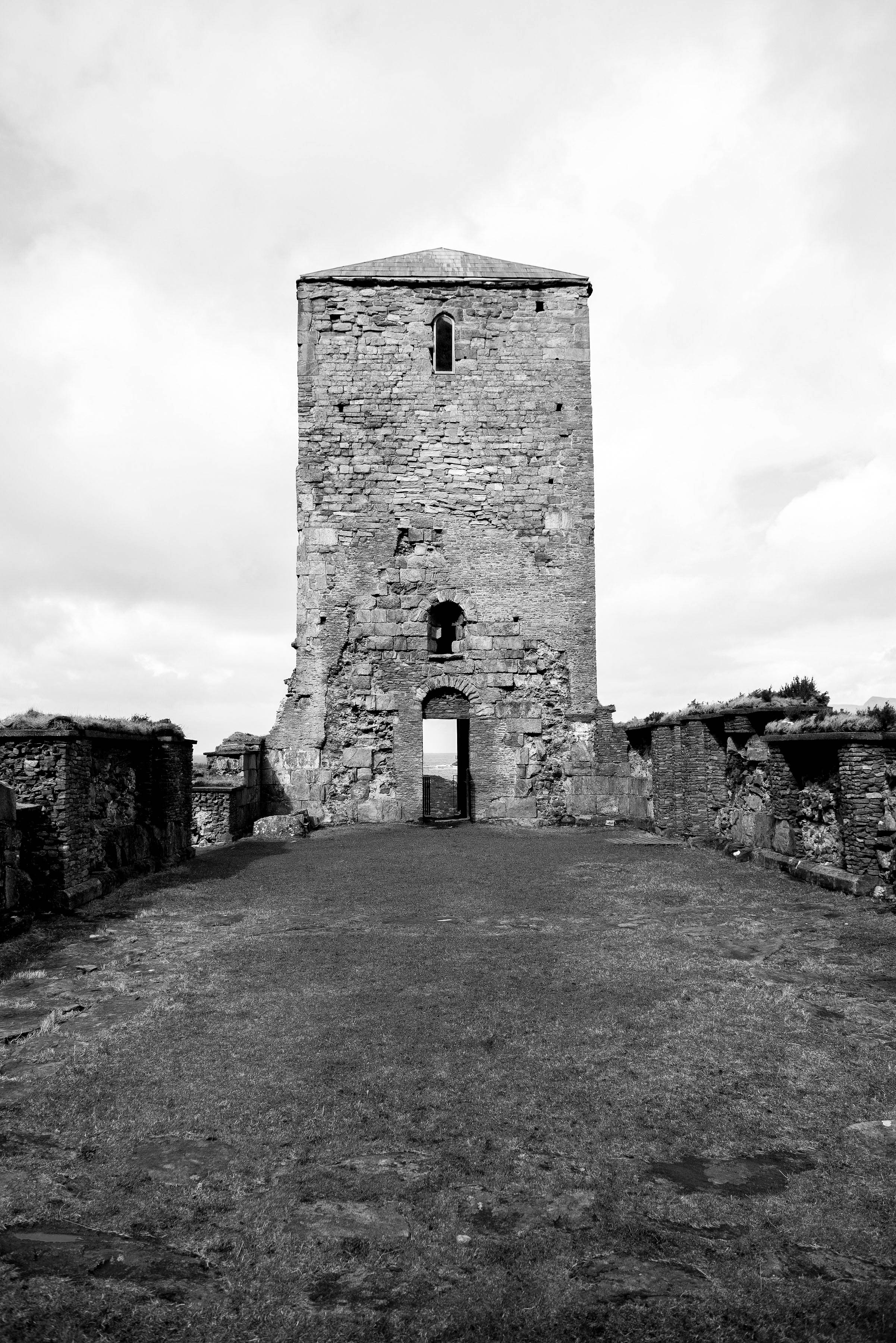
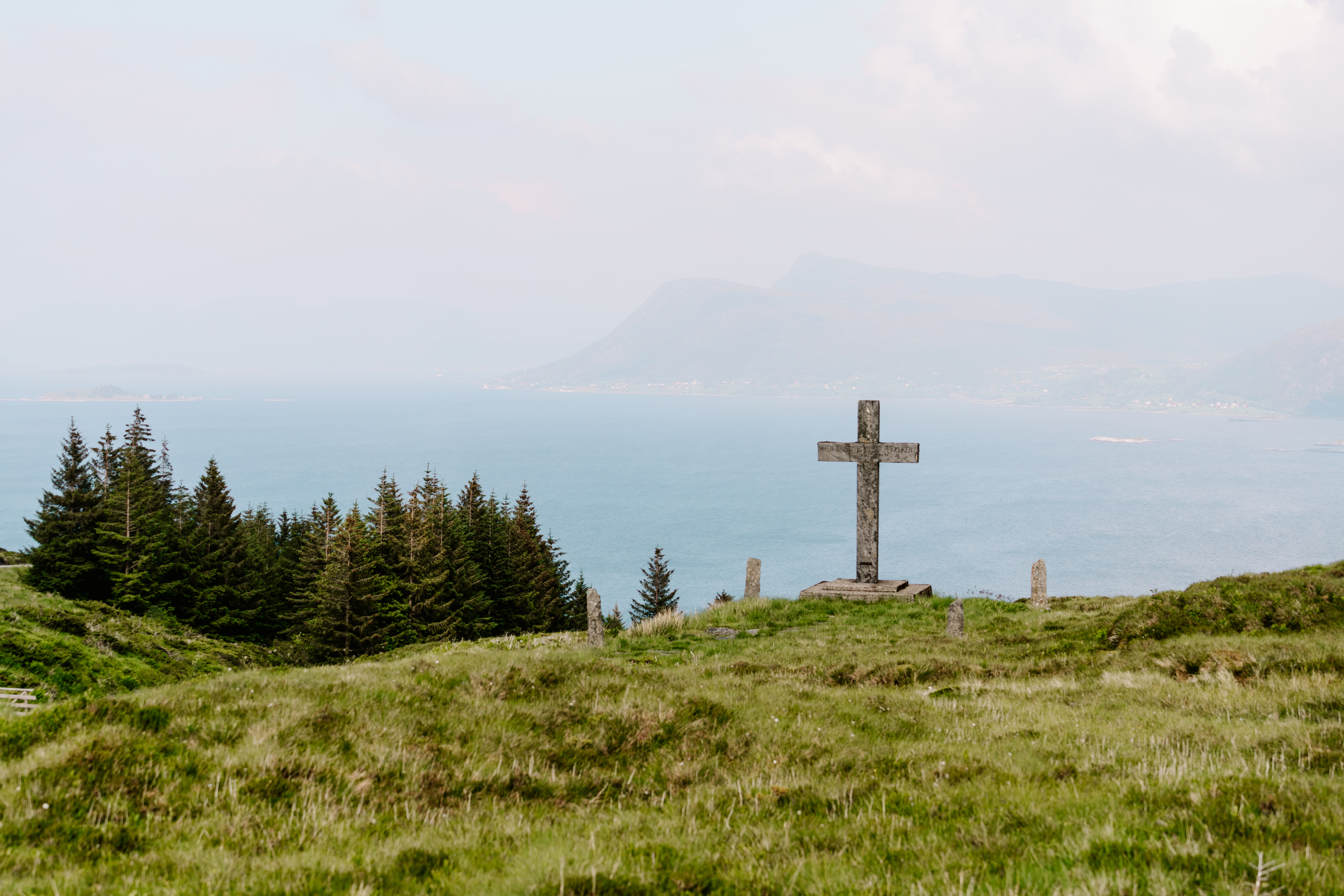
When there were witches to burn
In 1663, Kristina Skryppen from Gloppen was accused and tried of witchcraft together with her son Aksel. The two confessed to taking part in a Witches’ Sabbath on Mount Hornelen, and sentence was passed: They were both to be burned alive at the stake.
Kristina and Aksel were thus among the 65 people from Sogn og Fjordane convicted of witchcraft between 1560 and 1710.
In Norway as a whole, around 750 people, most of them women, were sentenced to death for witchcraft. Many of these tragic cases were from Nordfjord. On Sunday 9 June 2002, 339 years after Kristina and Aksel became victims of the witch hunt, the Heksemonumentet sculpture was unveiled at the ferry quay at Anda in Nordfjord.
Nordfjord Museum of Cultural History and Holvikjekta
You can also delve into the past during a visit to Nordfjord Museum of Cultural History in Sandane. The museum comprises 45 historical, carefully arranged buildings in a beautiful outdoor area, and they cover much of the region’s interesting history. You can go on a guided tour, and either visit the museum café or bring a packed lunch and enjoy it in the museum grounds.
Having a look at the Holvikejekta boat dating from 1881 is also well worth your time when you’re in Sandane. It’s almost impossible for us today to understand the toil involved in travelling back and forth to Bergen in this type of boat.
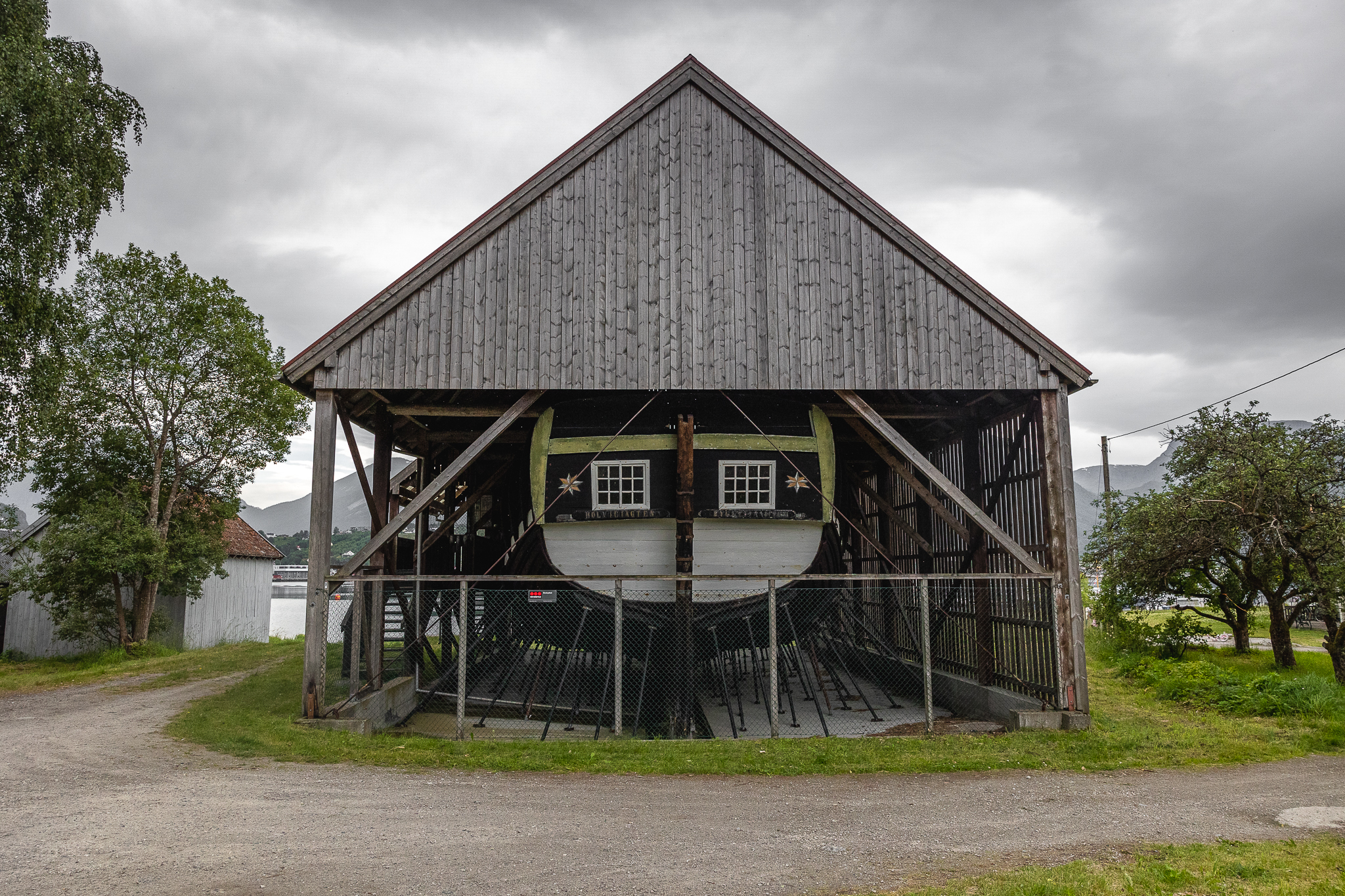
Join us on a historic journey through Nordfjord



